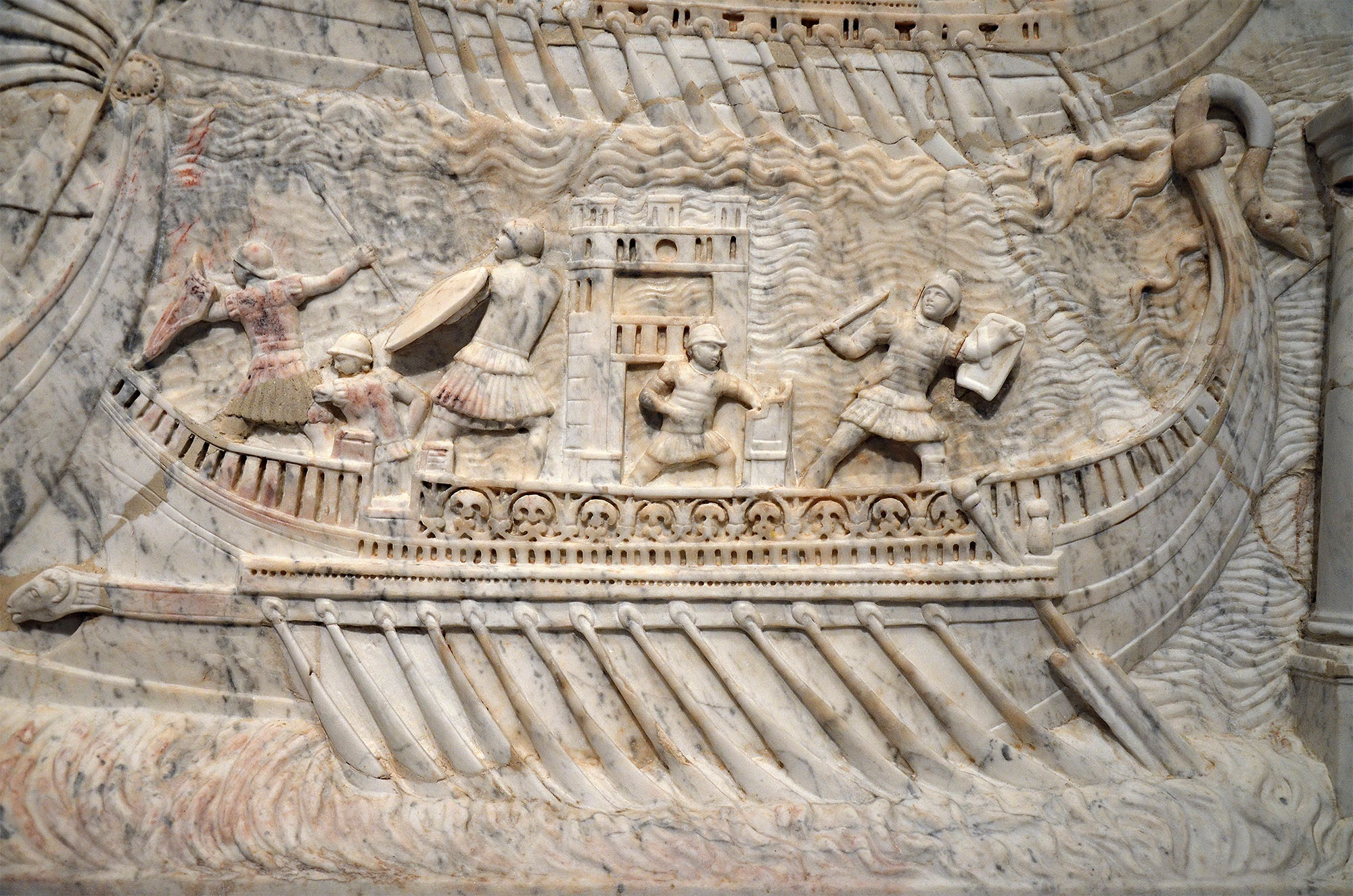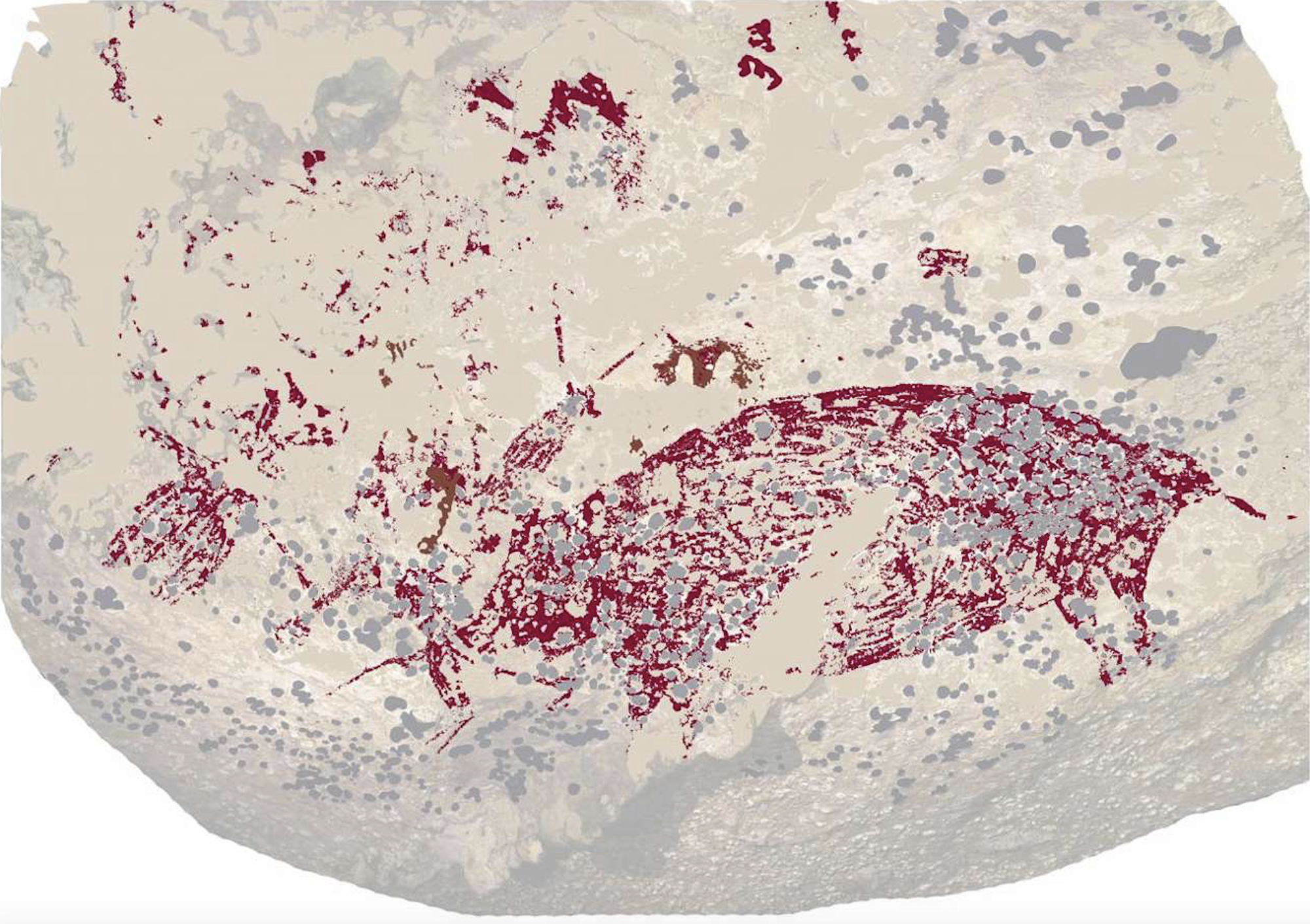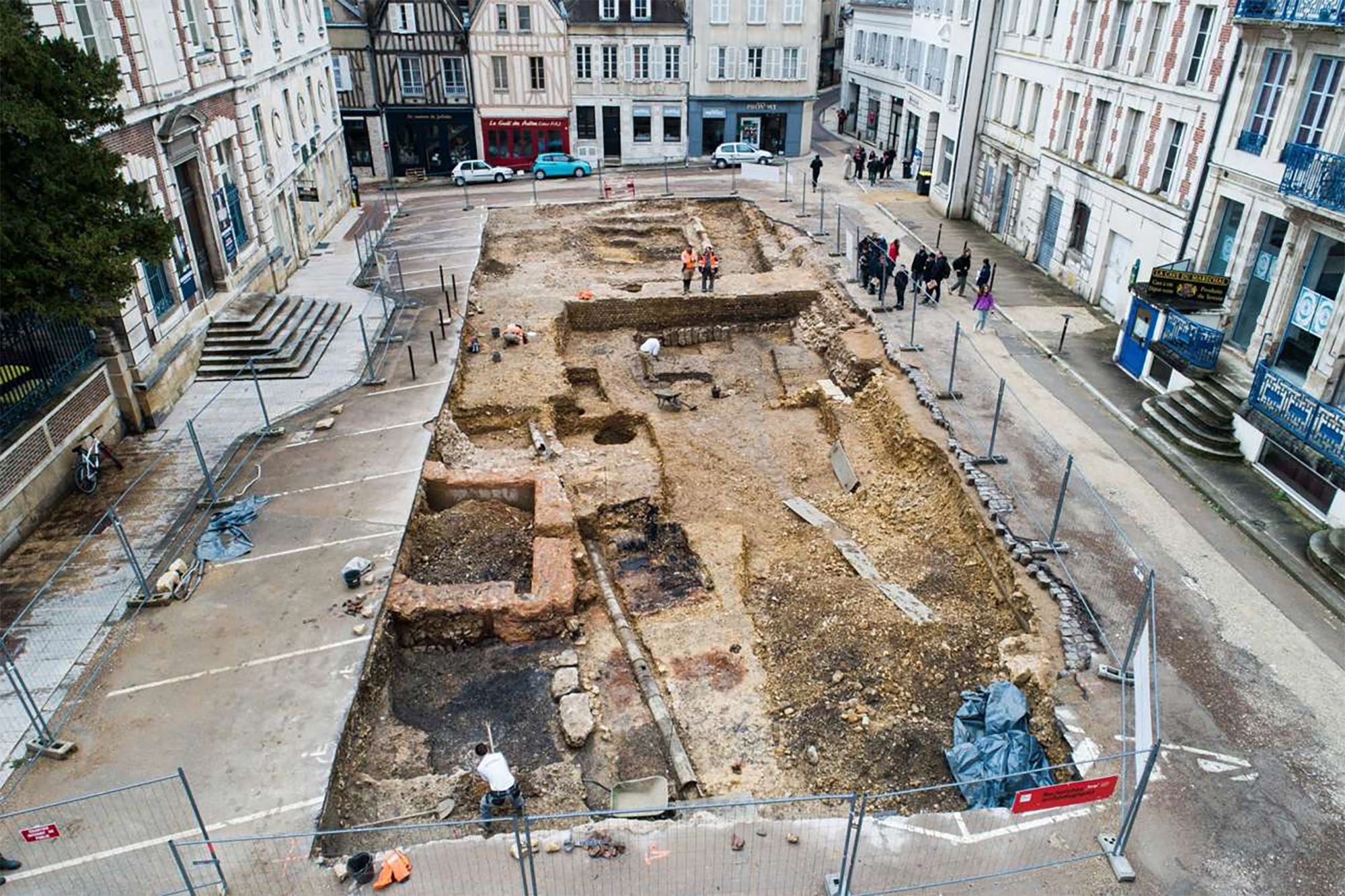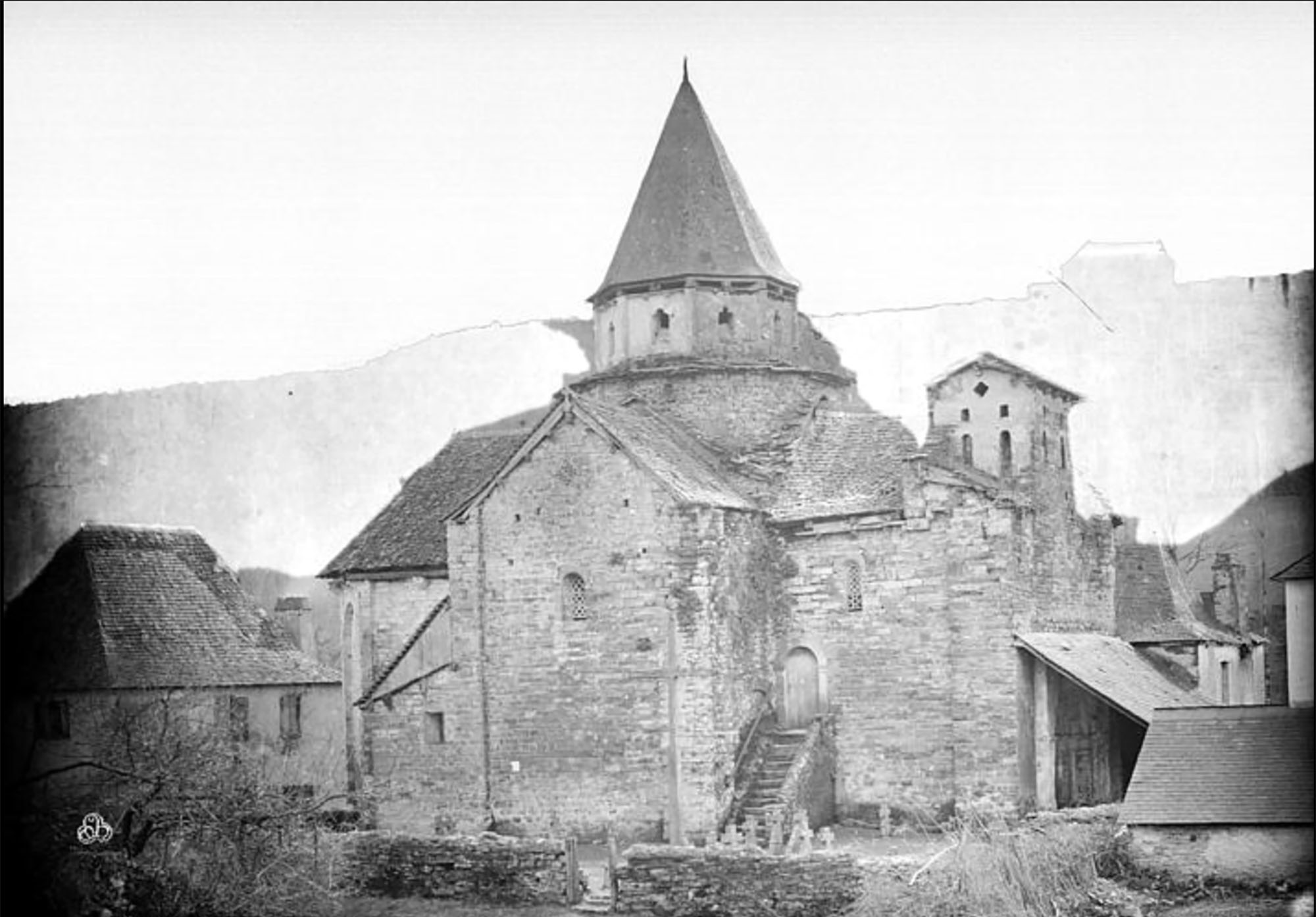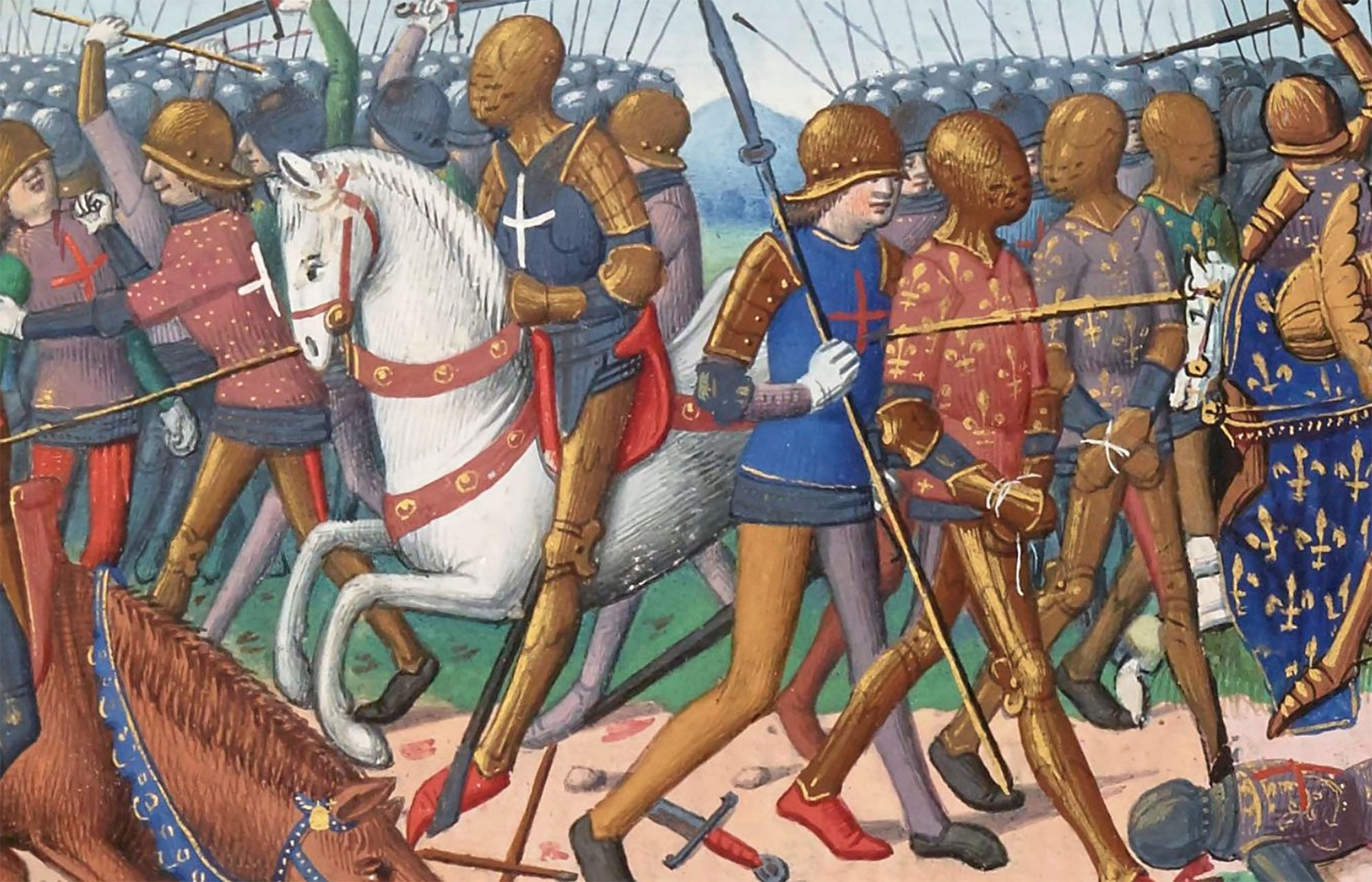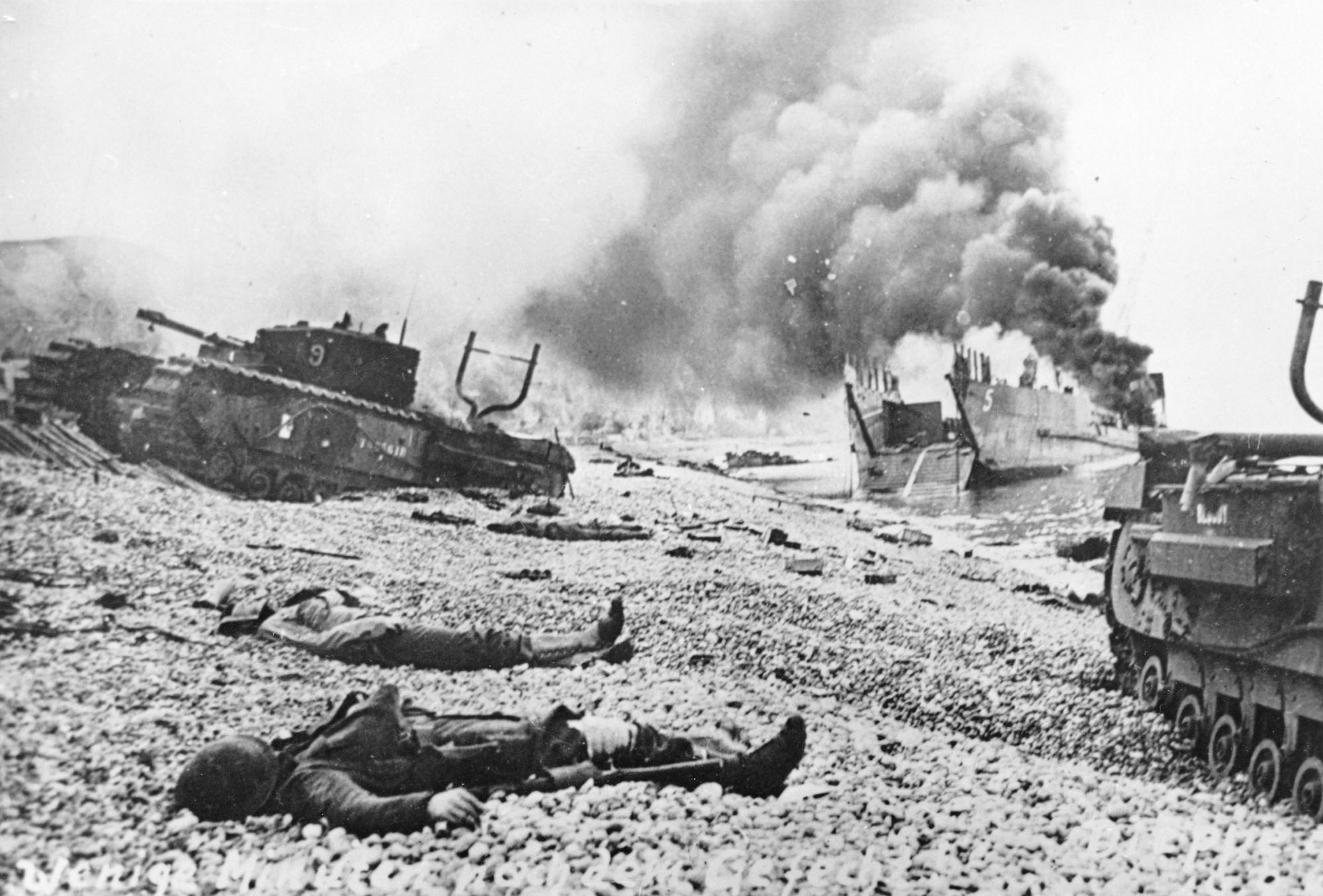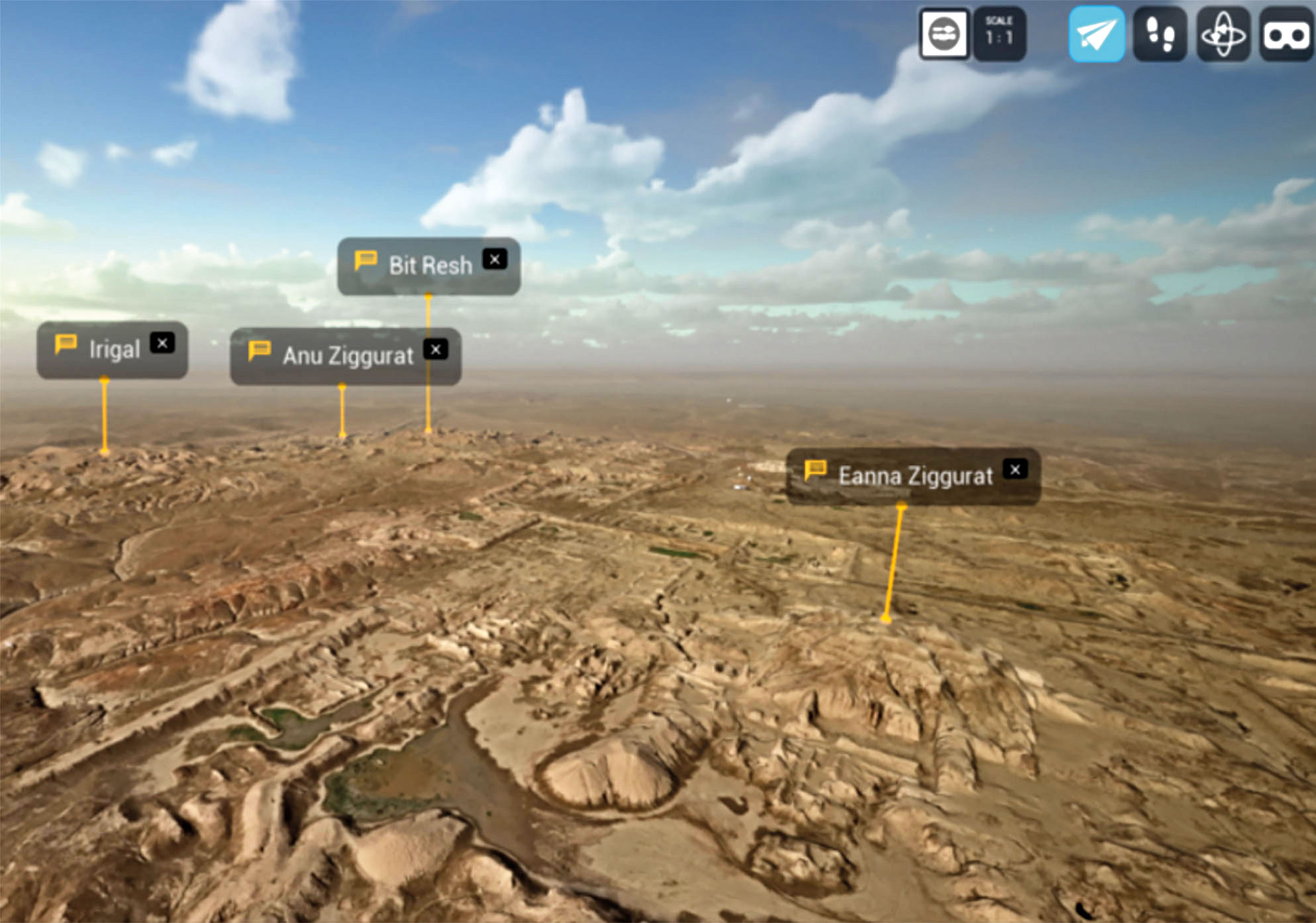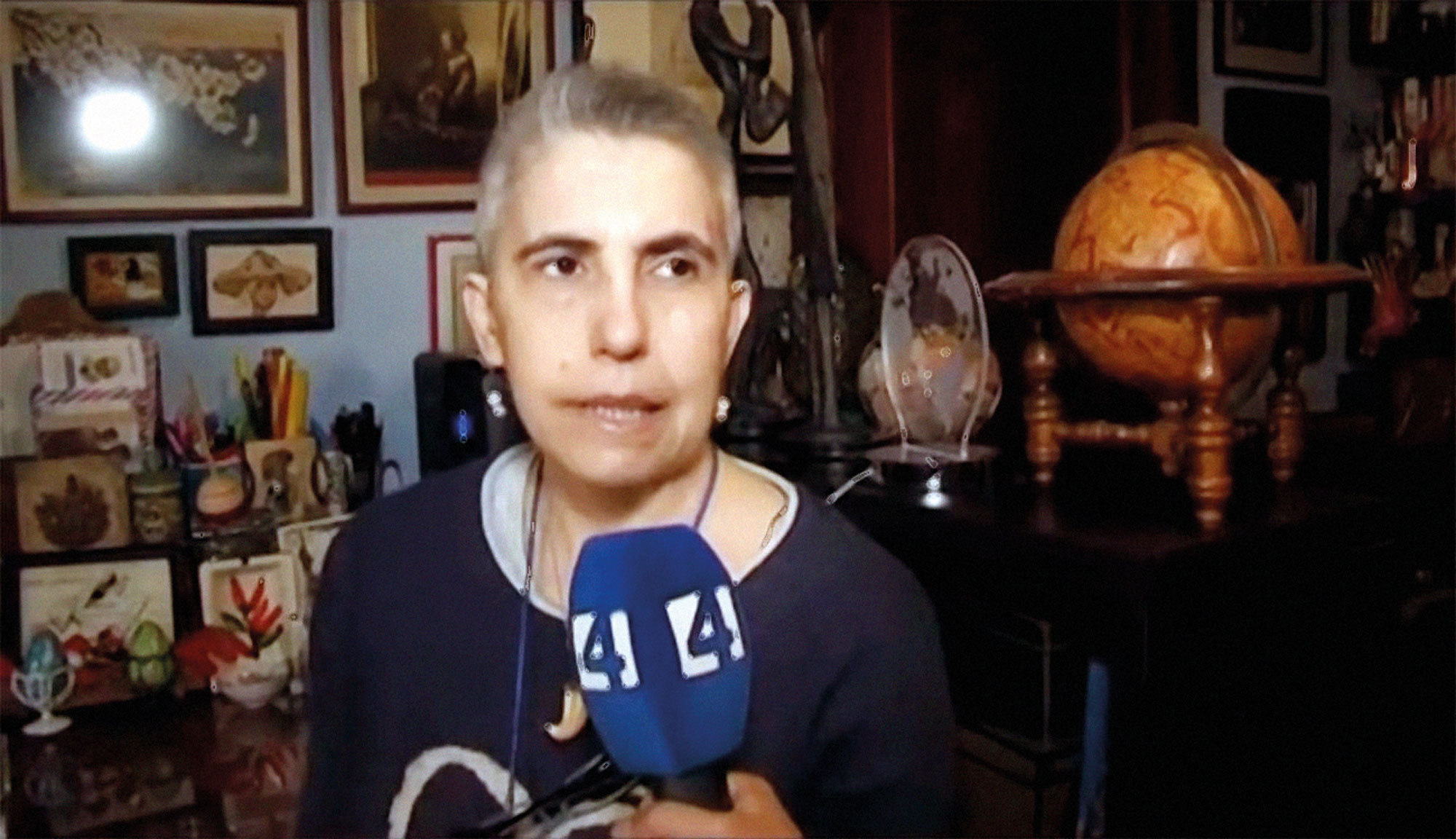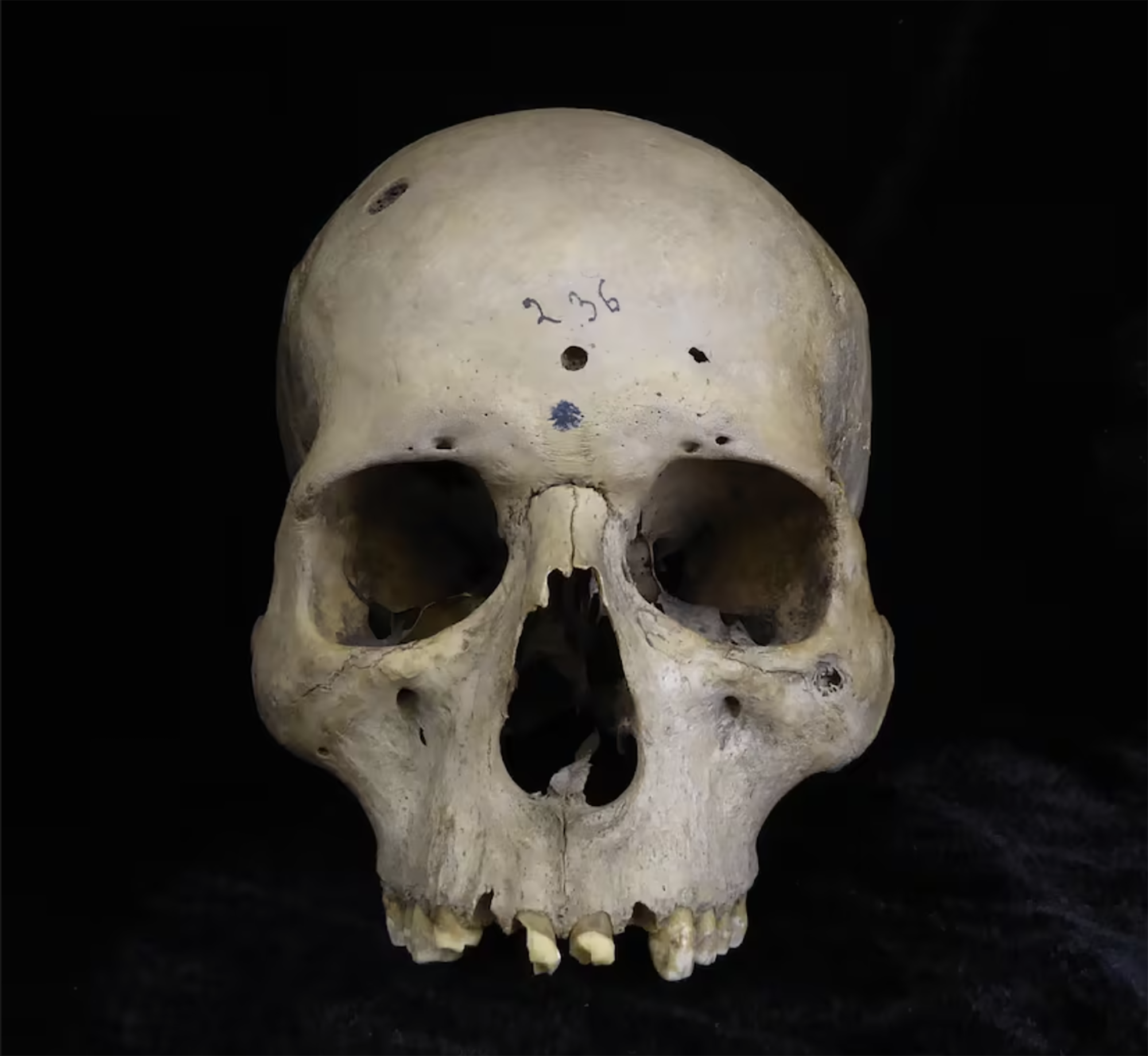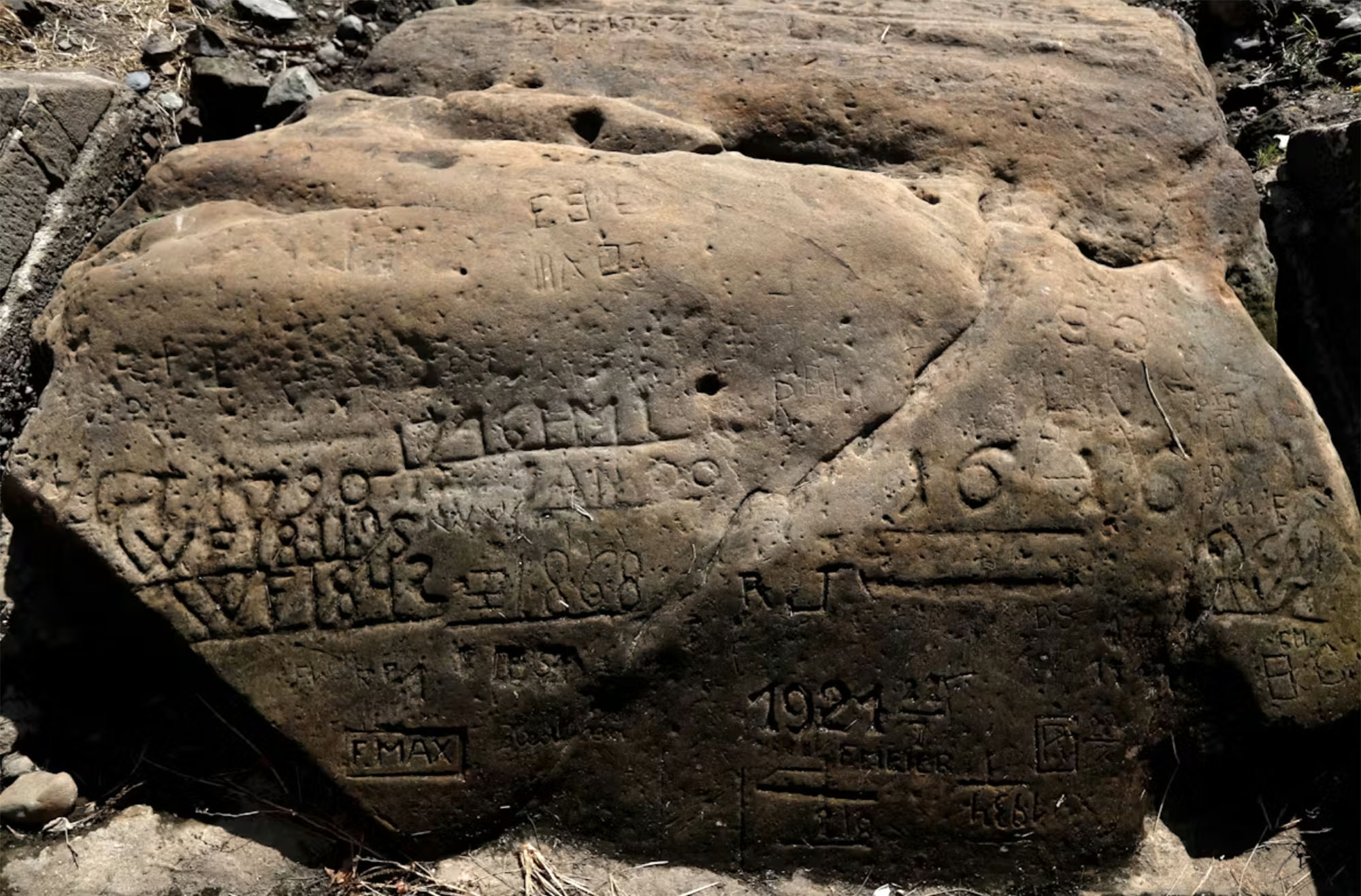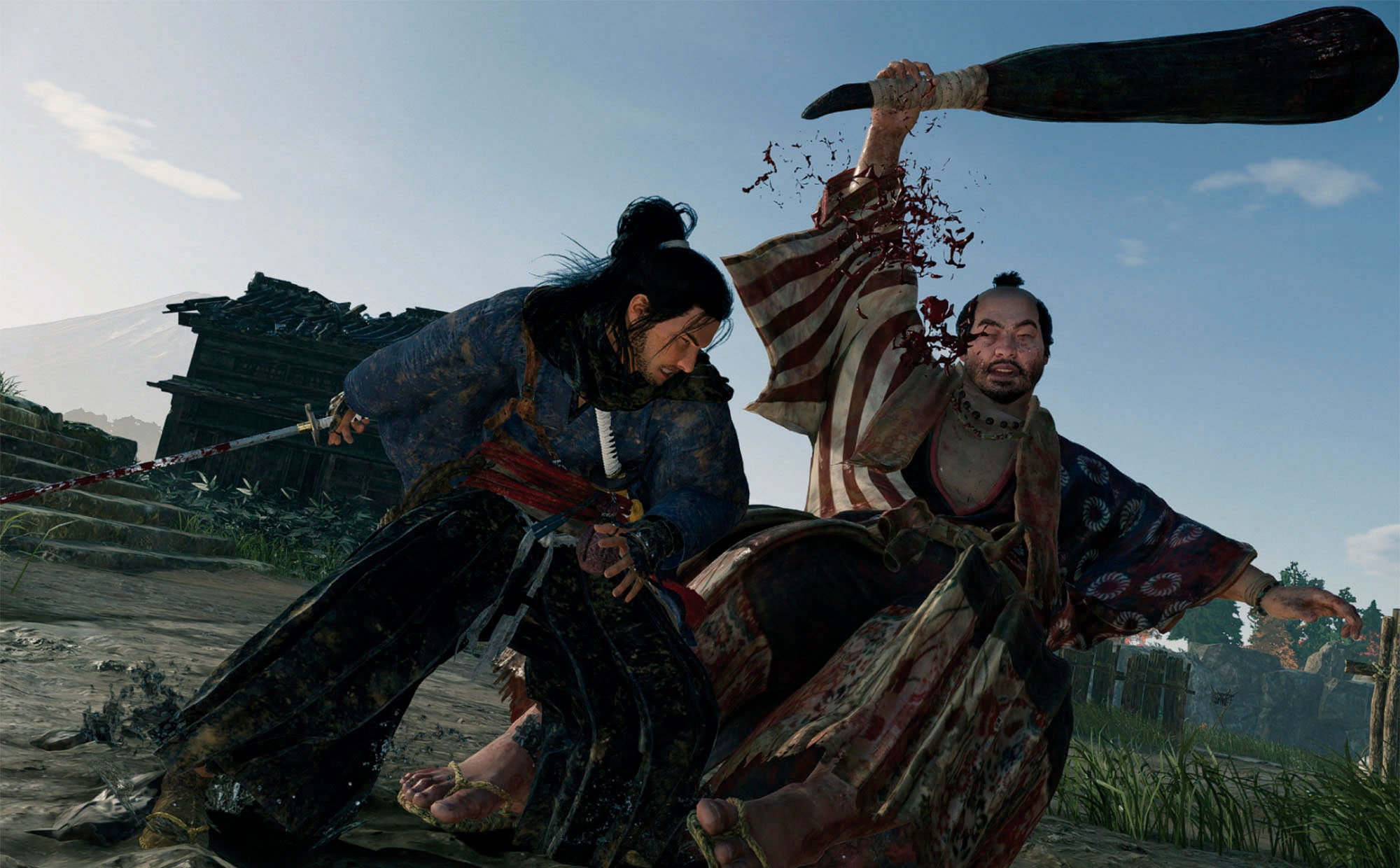Before pompeii
- Vesuvius, 3,800 years ago. The volcano exploded for the umpteenth time and the village of the Bronze Age of the hillside Afragola was covered by ashes, AD. As in 79 with Pompeii and Herculano.
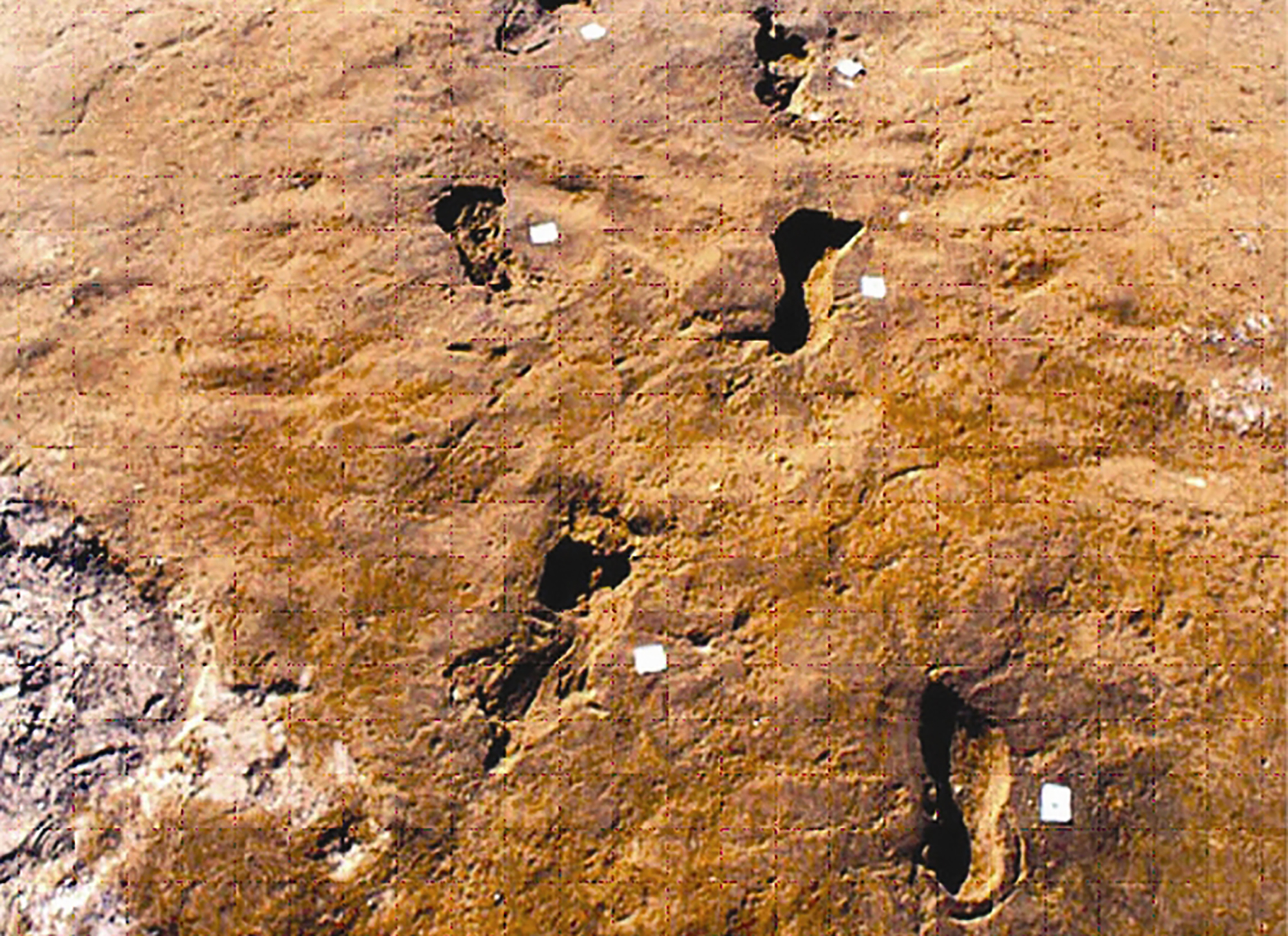
The two eruptions were Plinian, which shed large quantities of gas, rocks and ashes, very powerful and which, in addition to destroying the peoples of the area, would affect for years the European climate. The 79 eruption was announced by the young Pliny, but the Avellino eruption, known as the one that occurred almost two millennia earlier, was not picked up by the witnesses. And yet, as happened in 79, the traces frozen in time saved in the ashes tell exactly what happened.
The remains found in the construction of the high-speed train in the surroundings of Afragola in 2005 and since then archaeologists have been able to determine the time of the year when the eruption occurred. Under the trees they have found traces of mature fruits and leaves, and in the same village, foods collected in the last harvest. So you know that the eruption took place in the early fall, probably in October.
The remains found in the construction of the high-speed train in the surroundings of Afragola in 2005 and since then archaeologists have been able to determine the time of the year when the eruption occurred.
The layers of materials deposited on the Vesuvius skirts indicate that the eruption began with a strong explosion and the materials were stacked in the northeast due to the wind. Later, by changing the direction of the wind, the volcanic matter headed towards Afragola, and in the final phase of the eruption the ash and water reached 25 kilometers from the volcano. This volcanic mud totally covered the village of the Bronze Age. The volcanic layer caused the replacement of the molecules from the vegetal remains, leaving perfect molds of material called cinerite.
However, the biggest difference with Pompeii is that Vesuvius caused thousands of deaths in 79. In the ashes the human and livestock footprints were marked, which means that the inhabitants of Afragola managed to escape unlike the Pompeyans. The Romans did not know that the Vesuvius was a volcano. The aphragms probably accompanied the wind direction at the time of the explosion, which gave them more time to escape. But maybe when I slept, I knew the mountain as fertile as the Romans did and I knew the dangers that came in when I woke up.
In the desert of Coahuila (Mexico), in the dunes of Bilbao, remains of a human skeleton have been found. After being studied by archaeologists, they conclude that they are between 95 and 1250 years old and that they are related to the culture of Candelaria.
The finding has been... [+]
Gulf of Ambracia (Ionian Sea). In the 15th century a. 2 September 31. The Romans achieved victory in the naval battle of Accio and ensured control over Egypt. Therefore, the Greek hegemony in the Mediterranean is concluded on that date, but the Hellenic influence has remained so... [+]
In the south of the Indonesian island of Sulawesi, in the cave of Leang Karampuang, archaeologists from the Griffith and Southern Cross universities and the Indonesian National Agency have discovered a painting of three anthropomorphic figures and a boar. According to the study... [+]
Born 20 July 1979 (United States) Indigenous activist Leonard Peltier and two other prisoners fled federal prison. One of the fugitives was shot outside the prison, while the other was arrested an hour and a half later a mile away. Peltier, for his part, was arrested three days... [+]
Paris 1845. The Labortan economist and politician Frédéric Bastiat (1801-1850) wrote the satire Pétition des fabricants de chandelles (The Request of the Sailing). Fiercely opposed to protectionism, he ironistically stated that the sailing boats asked for protection against... [+]
This winter the archaeologists of the INRAP (National Institute of Preventive Archaeological Research) have found a special necropolis in the historic centre of Auxerre (French State), a Roman cemetery for newborn babies or stillbirths. - Oh, good! The necropolis used between... [+]
Born 7 May 1824. Ludwig Van Beethoven (1770-1827) 9. Premiere of the Symphony. It was the last symphony that the German composer wrote, but as for intention, you can say it was the first. Beethoven wrote Symphony No. 1 in 1799 and 1800, years before he was born in his head No. 9... [+]
Born 27 June 1944. The German soldiers carried out a raid on a small town of about 80 inhabitants of Zuberoa. Eight people died on the spot and nineteen were arrested, all civilians, nine of whom would be deported and only two would survive from the concentration camps in which... [+]
In the fall of 1415 the battle of Agrincourt erupted between England and France, one of the most decisive wars of the Hundred Years War. To this end, when Henry V, king of England and lord of Ireland, decided to send his army to France that summer, the soldiers landed on the... [+]
Normandy. 6 June 1944. They started operation Overlord: Thousands of British, American and Canadian soldiers landed on the beaches of Normandy to drastically change the course of the Second World War and, therefore, history. Or at least that's what we've been told a few days ago,... [+]
It was founded by R about 6,500 years ago. And recently, the archaeologist at the German Institute of Archaeology, Max Haibt, has created the city's "digital twin," using the technology used in video games.
The team has made a three-dimensional record of the 40 square kilometres... [+]
Mallorca, 1968. The historian Joana María Escartin was born. In 1989 he was diagnosed with multiple sclerosis and died on 30 May in his hometown, at the age of 56, coinciding with the international day of multiple sclerosis.
He studied at the UIB (Universitat de les Illes... [+]
Two years ago, the Catalan archaeologist Edgard Camarós, two human skulls and Cancer? He found a motif card inside a cardboard box at Cambridge University. Skulls were coming from Giga, from Egypt, and he recently published in the journal Frontiers in Medicine, his team has... [+]
Elba basin, 1417. Due to the drought, the level of the river dropped considerably and someone marked the level of the water in a stone, carving a sign: “If you see this stone again, you will cry. The water was at this level in 1417.”
The following sign is 1616: “If you... [+]
A few weeks ago Sony launched the video game Rise of the Remaknin, in which experts highlighted the historical position of the game. The game is located in Japan in the middle of the 19th century, near Yokohama, Edo and Kyoto.
Or it was the last years of the era, the bloody... [+]












